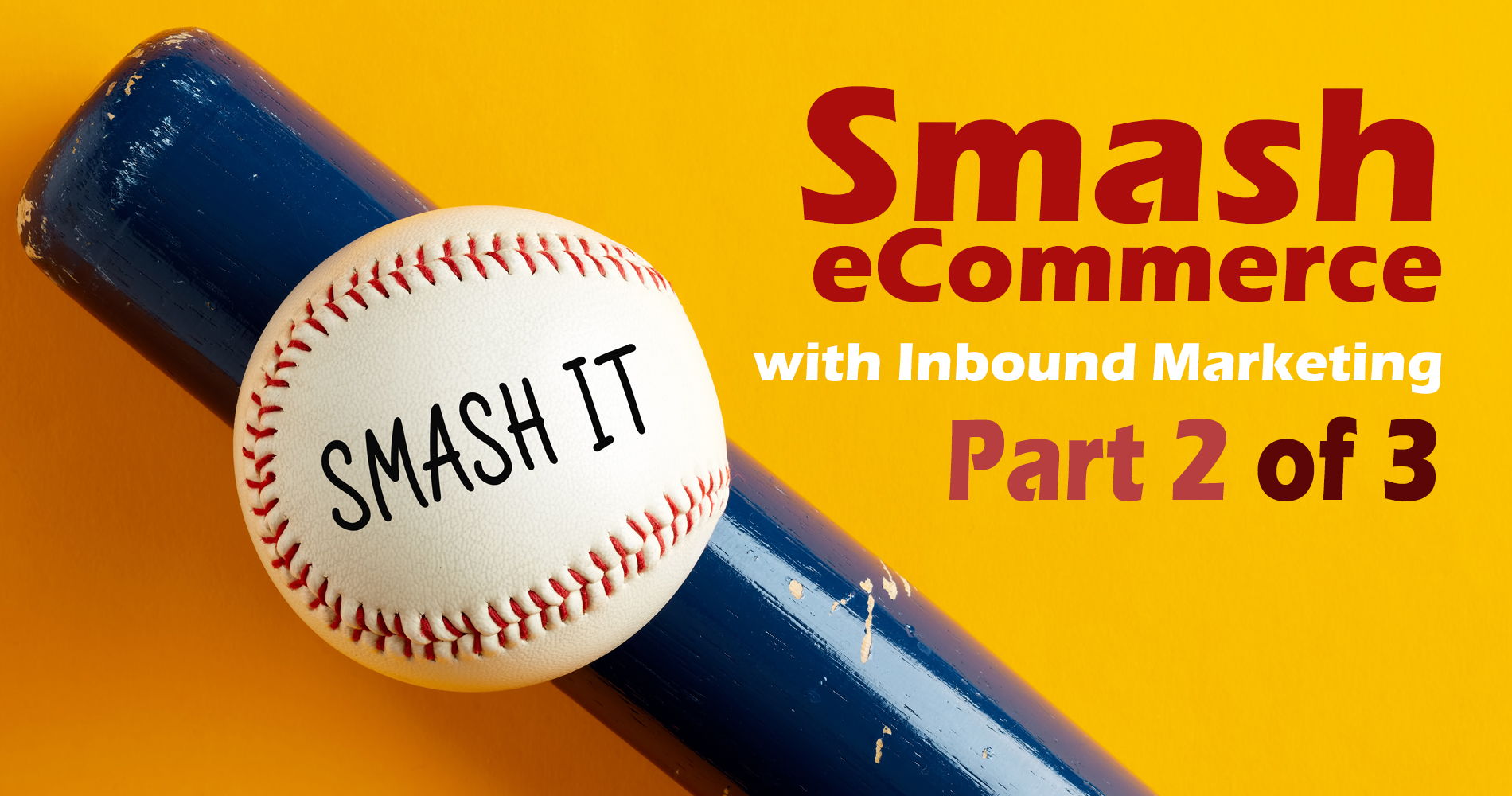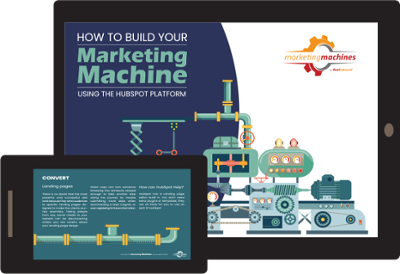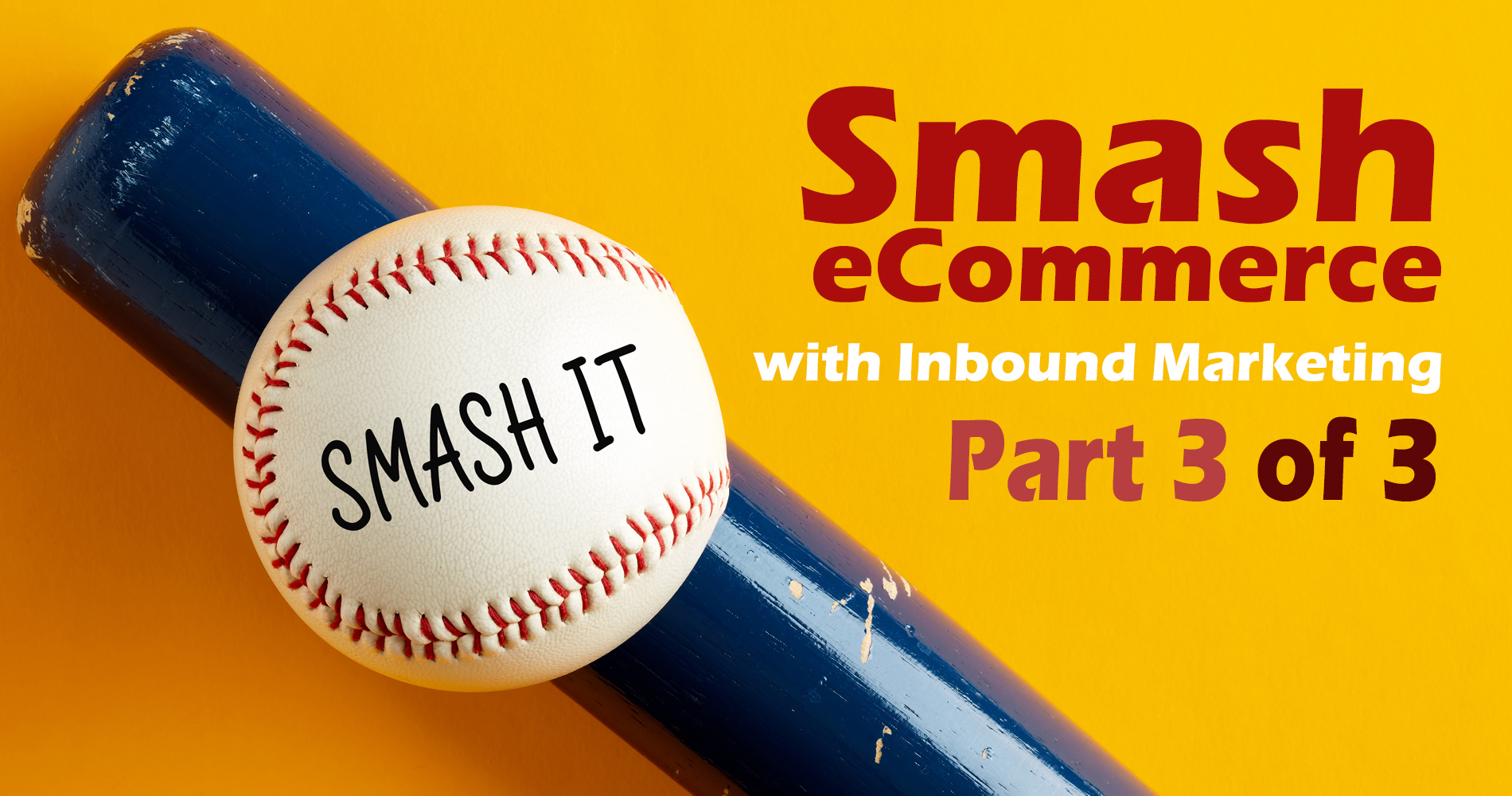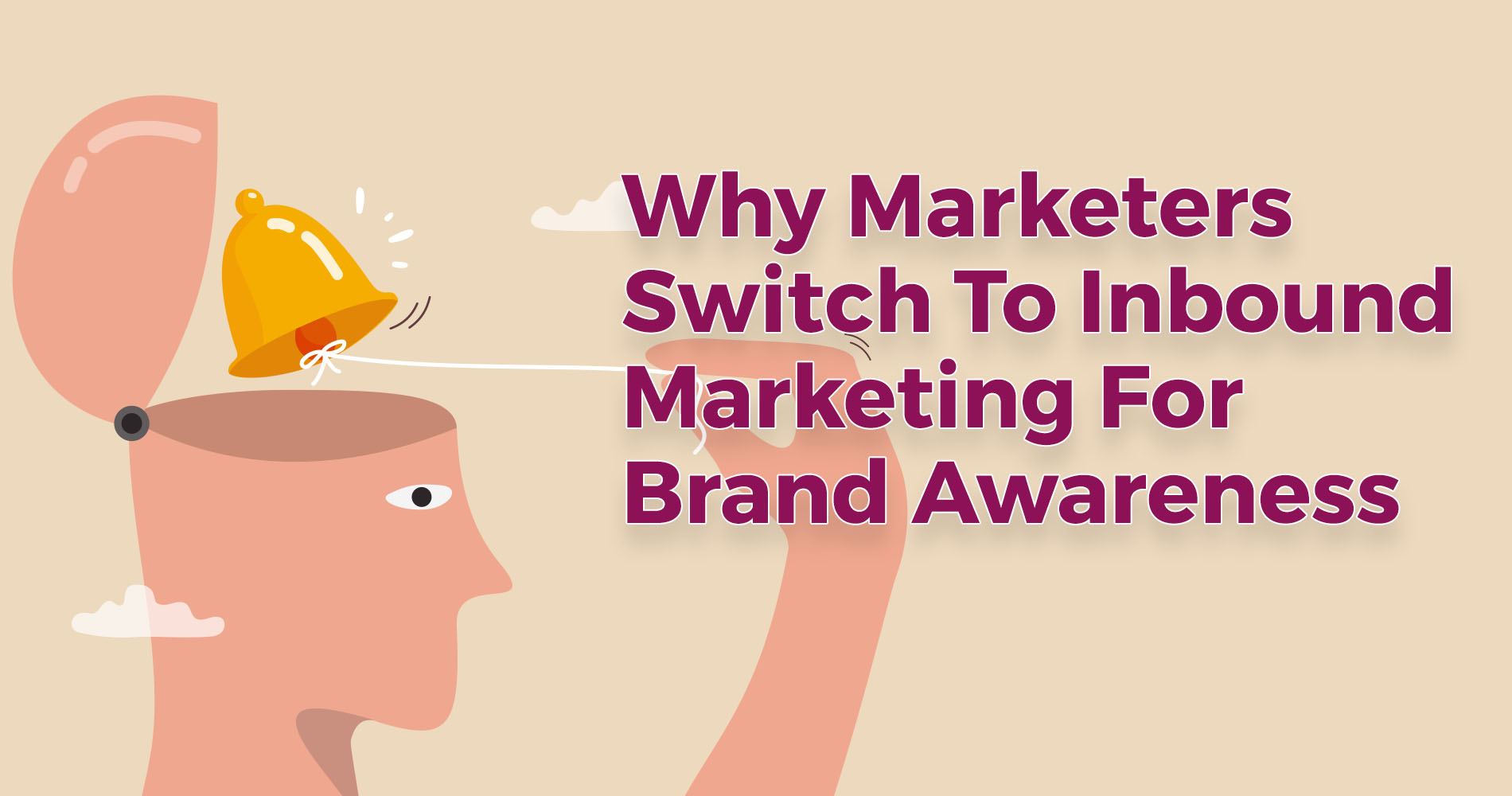Following on from the the introduction and strategy phases in the first part of this mini series.... Let's jump in and look at the "Attract" phase
Attracting
What drives buyers to a brand? It’s the soul and personality of the brand. Customers expect companies to be fun and engaging, sometimes controversial. They want brands that have the same qualities as their friends: honesty and sincerity. When customers see this in your company, they are more likely to trust it because they know they can relate to it (just like we do with our friends). The kind of marketing you should use changes depending on what your niche is. For example, if you own a sports apparel company, focus on bringing real fans together and giving them unique opportunities to get closer with their favorite teams/players via events or live streaming. Authentic brands command customer loyalty for life. That said, traditional advertising will always hold weight in the customer's mind because it is more recognisable (and cheaper - even a blog post costs money!). There are several ways this is done.
Search Engine Optimisation (SEO) for eCommerce
Search Engines may have different perceptions of what is portrayed on a web page. That's why companies like Google developed structured data markup to help organise information in a way that search engines can understand when they read this type of data as content. As an example, let's say that you own a company that sells sporting equipment products. If you implemented structured data code into your website and product pages, it would essentially allow your website to be displayed and ranked more clearly with regard to sporting equipment, specifically within Google Search Results when it comes down to things like reviews or even specific product listings.
URLs
A product page should be created for each product you sell, and the URL should contain the keyword (not necessarily the product name, although that might be appropriate sometimes) and exceed 125 characters. Here are some examples:
Unoptimised URL:
/product86389j4k6
Optimised URL:
/iPod-nano
Page Titles
Your web browser's tab shows this text. Search engines and humans both read it. Short texts tend to be read by search engines, so keep it short!
Buy <Product Name> | <Category Name> | XYZ.com
Meta Descriptions
Describe the page's content in a few words. The maximum length should be 300 characters.
Check out XYZ.com to find discount *Product Name> and read reviews on other *Category/Brand Name> products.
Header Tags
Any words used in the header of your page must be tagged appropriately as headers. This will tell search engines the importance of the words on that particular page by classifying them accordingly. For example, if your keyword is "razors" (like it is here), then you would use H1 to mark these keywords and have something like "the best razors for men" as an H2. With Search Engine Optimisation SEO copywriting, sidebar content should be written as well! Now with SSL encryption in place, these types of updates are no longer needed but it was a major problem when all-around security from webmasters was getting their sites hacked.
Image Alt Text and Multimedia
Aside from helping you merchandise your products; images are also extremely helpful in improving SEO. It is essential that images contain "alt-tags" containing the page's targeted keyword, and that the images themselves are relevant.
Rich Snippets
As a search engine categorises information found on each page based on this information, you can consider it as additional information. Your templates could benefit from including these!
- Organisation
- Product
- Reviews
- Search Box
- Social Media
Canonical Tags
Duplicate content can hurt a website’s search engine rankings, so it’s important to implement canonical tags to help web crawlers identify each version as the original copy. Canonical tags are used in similar ways to XML sitemaps, but their functionality is more advanced; once the tag has been implemented and search bot crawlers find the page, they will be able to tell which page or image is the original and which ones are duplicates. This information will then be used by Google (and other crawlers) so that they know which versions of a page are shared across multiple pages. Using these tags will also mean other sites linking to your site won’t risk ending up with duplicate content warnings on their websites.
Content
The philosophy of inbound marketing is “Content is king,” meaning the better quality of your content, the more success you will have. What constitutes “high quality” content? Anything that provides value to your buyers. This could include blog posts, buyers and gift guides, case studies, videos, and more. The more creative you can be here, and the more helpful you are to your potential customers throughout your inbound marketing campaign, the chances are better you’ll attract new clients as well as retain the ones you already have.
Blogging
Blogging for your online store used to involve a lot of time, effort, and investment. Content creation was often seen as an “added extra”. So why aren’t more eCommerce companies blogging? Blogging takes up so much time that should be reserved for other responsibilities you need to meet. Writing blog content can be challenging too, especially when there is pressure to produce a post on a deadline. However, with new technology available, it’s now easier than ever to make regular blog posts part of your eCommerce marketing strategy.
Within your BigCommerce account, you can allow for integration with most blogging platforms. One great tool for this is called WP-Bigcommerce, which allows you to set up the two platforms to talk through a simple plugin that eliminates the need for having complicated code and editing to add products or pages of your store directly into your blog postings. Remember that a clear path towards purchase should be included in any content you post online so as not to overwhelm your readers but also provide options of how they could take advantage of what your business has on offer.
Gift Buyers & Guides
Let's be honest: gift-giving is hard. And for successful online merchants, it can be even harder because the people who are buying may not be your typical buyers. What we recommend is that you tailor your content towards a certain holiday and think about how you're going to drive people to purchase what they're looking for. Whenever anyone creates their gift guide during a major holiday shopping season, for example, one could grab the attention of shoppers that are probably parents or relatives of lacrosse players by labeling their sections according to the recipient and not by the specific categories they sell within their website which would allow the customer with various options of what to buy him/her instead of limiting them.
A gift guide is a fabulous source of valuable information and can be shared like crazy. This type of blog post is ideal for marketing your products as well! You can also create a buyer’s or wish list for the season, which would drive even more sales and will add to your overall SEO efforts as well because it's so useful! Targeting your blog posts on specific items with links to relevant pages of your website will serve you well for many reasons.
Ratings & Reviews
Google’s SERP listings are an eye for detail and as such, there is a lot of emphases placed on reviews – which isn't surprising considering how many of us love to read what others think about products and services before making any purchases. As any business owner will tell you, Google plays a major role in searching for that next great product or service, and so it goes without saying that when potential customers find their way to your site through the search results, you don't want them to leave immediately. After all, this would defeat the purpose of running a successful online store! So how can you keep your customers browsing? Reviews help build trust because they offer a first-hand account from other people (who have likely bought something similar) sharing their experiences with friends or family who may find these reviews while searching online. Needless to say, this is fantastic news for your business!
Social Media Sharing
One of the best ways to market yourself on social media is to offer a reward for people who follow you and like your content. You can do this by giving them points or badges through your website or app, then showing that they went out of their way to share something about you on Facebook. Another tactic would be to offer up special prices just to those who are willing to buy products for friends. For example, when a user buys an item on your site that has been discounted 50%, then the user can invite 4 friends who get the same discount, while they receive 20% off their next purchase. Just remember, when sharing images and other content, be sure that it’s eye-catching and not boring if you want your followers to share!
Local Events
If you happen to be a retailer with a brick-and-mortar presence, this is ideal for you. Create lists for potential customers who live near your retail locations and drive RSVPs for events and trunk shows directly from your custom audience. While also making sure not to burn out any of your regular subscribers who may not be able to attend the event.
Paid Media
In the world of online advertising, paid media refers to a broad range of mediums such as:
- Paid search engine placements (SEM)
- Website advertising (banners)
- Facebook, Twitter, and other social media advertisements.
SEO is an excellent tool for attracting buyers based on their search queries, which usually indicate their intent to buy. A display ad or social media post is typically designed to expand a brand's reach.
Lookalike Audiences
One of the most powerful marketing techniques Facebook offers is the Lookalike Audiences feature (LKA). Facebook offers a variety of types of audiences, but one of the most effective options is the LKA. This allows you to reach very high-quality customers with the limited work required. You should also be aware that there are different kinds of lookalikes you can create to hone your messaging and ad-targeting as well. It would be a good idea to offer a special introductory rate or some other type of added value for this group to greatly improve the returns on your marketing efforts. Creating an audience out of your customer data will result in better match rates, allowing you to spend more money on targeting these potential leads who are receptive to what you have to offer!
KEEP AN EYE OUT for part 3 in the coming days...




